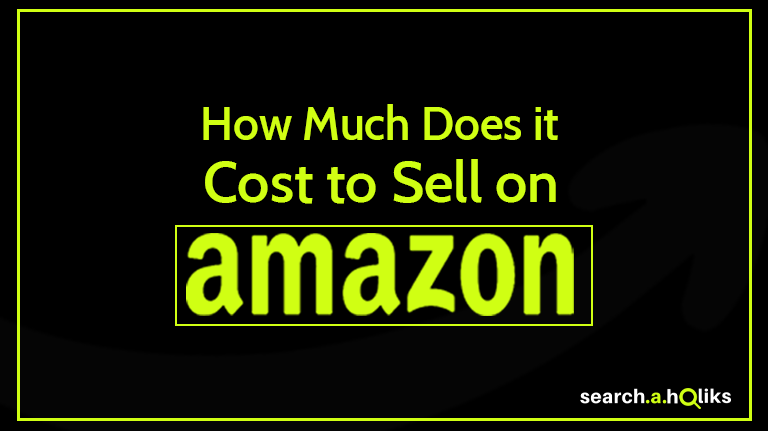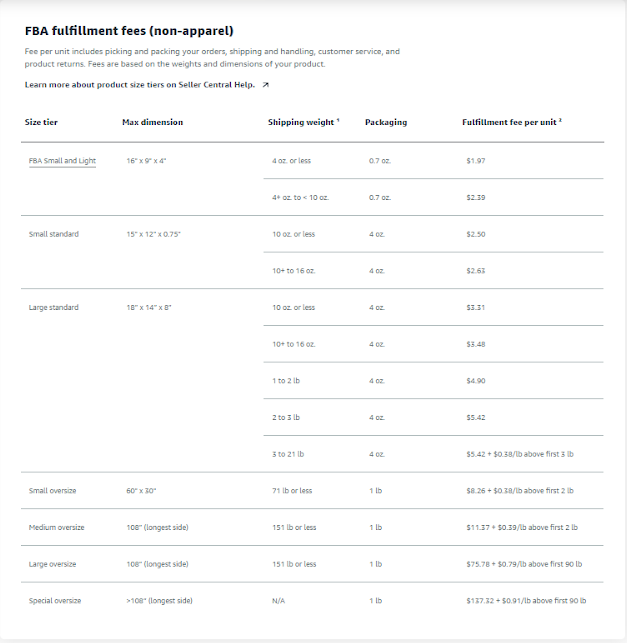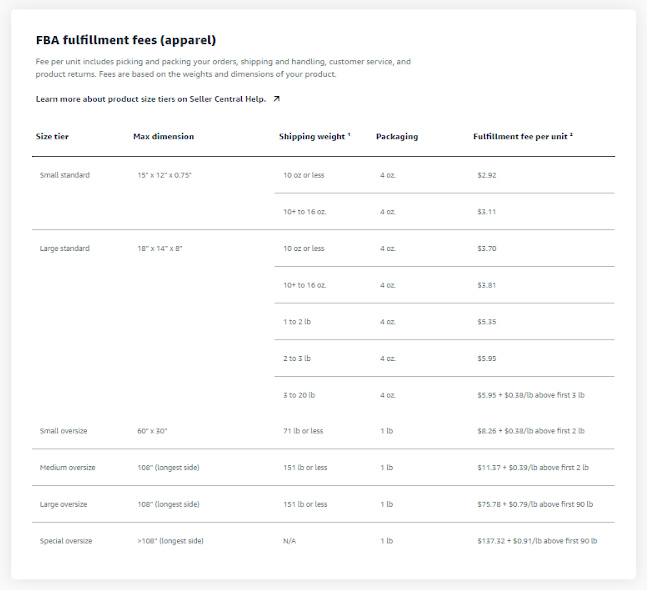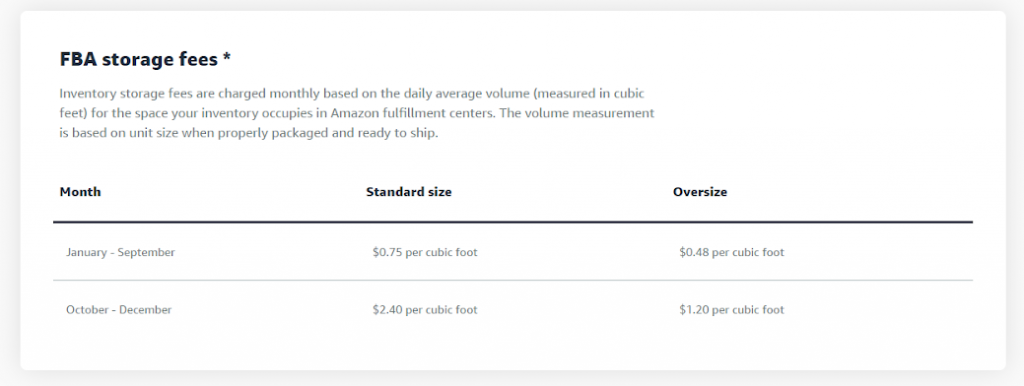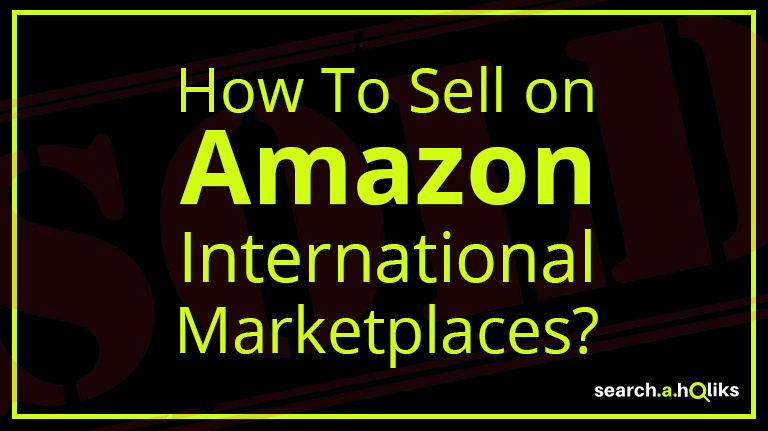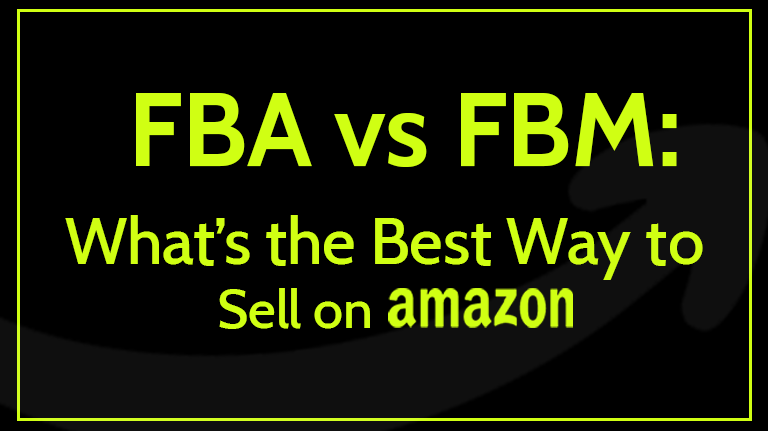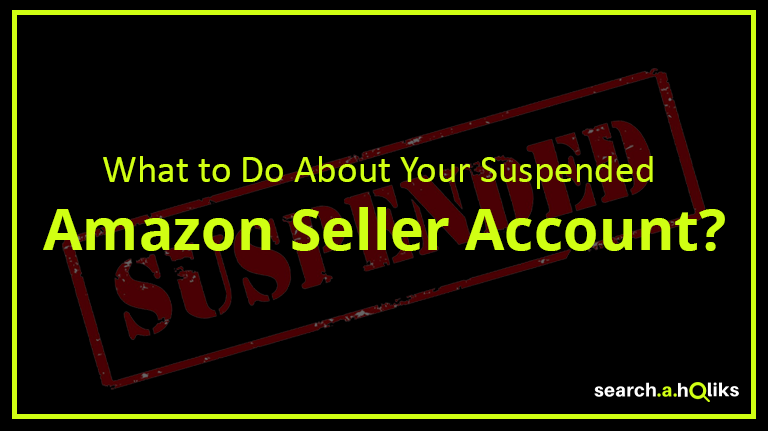Amazon, with more than 300 million customer accounts in 180+ countries, is one of the most desired selling platforms for sellers. Whether it is one of the Fortune 500 companies or an artisan vendor, Amazon is for everyone. Amazon brings the brands and the customers closer to each other, providing the brands with a faster way to reach their customers even before establishing their physical store or developing a website. Hence, third-party sellers are adopting it at a huge pace and 58% of total Amazon sales come from third-party sellers.
If you are also looking to sell your products on Amazon, but straining over the following questions, you are in the right place.
- How much does Amazon charge for selling?
- How much percentage does Amazon take from sellers?
- Is it profitable to sell on Amazon?
This article will answer all your questions and help you gain clarity about the cost associated with selling on Amazon.
Cost Breakdown of the Selling Process of Amazon
The journey of selling on Amazon starts with registering on the Amazon website. You can create an Amazon selling account with a valid set of documents and authentic information. Select a selling plan based on your business requirement as well as budget. After registering as an Amazon seller, you can manage your account, product inventory and track your product sales through your Seller Central account.
Amazon comes with 2 selling plans –
- Individual Selling Plan
- Professional Selling Plan
When to choose the Individual selling plan?
- You want to sell less than 40 units/month
- You haven’t yet decided what to sell
- You don’t want to advertise your products or use any advanced selling tool
When to choose the Professional selling plan?
- You want to sell 40+ units/ month
- You want to advertise your products
- You want to place your product pages on the top
- You want to use advanced selling tools, such as APIs, sheets, and reports
- You want to add more than one user to the account
How Much Does Amazon Charge for Selling?
Based on the selling plan you choose and the type of product you sell, the cost of the selling on Amazon can be broken down into 4 categories-
-
Subscription Fees
The subscription fee is the cost of the selling plan you choose. To pick up an appropriate plan for your business, you should list down your business requirement and decide on a realistic goal. Both the Individual as well as Professional plans have a varying price range-
- Individual Selling Plan Fees- $0.99/ item sold
- Professional Selling Plan Fees- $39.99/month
Find out which plan suits your needs and will be beneficial for your business.
-
Selling fees
The selling fee is the combination of closing fees and referral fees charged by Amazon on each unit sold by the seller.
-
Referral Fees
The referral fee is a percentage of the selling price of each product being sold. This fee varies on the category of the product being sold.
Categories Referral Fee per item In percentages In USD($) Amazon Device Accessories 45% $0.30 Electronics Accessories 15% for the portion of the total sales price up to $100.00, and 8% for any portion of the total sales price greater than $100.00 $0.30 Furniture (including outdoor furniture) 15% for the portion of the total sales price up to $200.00, and 10% for any portion of the total sales price greater than $200.00
Note: Mattresses will be charged 15% regardless of price point.$0.30 Beauty 8% for products with a total sales price of $10.00 or less, and 15% for items with a total sales price greater than $10.00 $0.30 Clothing & Accessories (including activewear) 17% $0.30 Shoes, Handbags & Sunglasses 15% $0.30 -
Closing Fees
The closing fee applies to the media items like Books, DVDs, Music, Software & Computer/Video Games, Video, Video Game Consoles, and Video Game Accessories. The seller is charged $1.80 for each media item sold by them.
-
-
Order Fulfillment Fees
Order fulfillment includes various tasks, such as- pick and pack, weight handling, storage fees, customer services for sold items, shipping, returns, and pickup fees. Order Fulfillment can be done in two ways- FBM(Fulfillment By Merchant) and FBA(Fulfillment by Amazon).
If you fulfill your order by yourself i.e FBM, you are not charged with any fees related to these services. However, if you opt for Fulfillment by Amazon (FBA), you have to pay charges based on their criteria. All you need to do is ship your products to Amazon and get them approved. Once your product inventory is approved, Amazon handles the rest of the tasks from selling and receiving payments, to return and customer support. FBA fees are based on the following criteria-
-
Shipping Fees
Shipping charges are applied based on the order fulfillment process you select. If you fulfill your order by yourself and also self-ship it to the customer, Amazon will not charge you shipping fees. However, if you allow Amazon to ship your order, you get two shipping options to select from-
- Fulfillment by Amazon Weight Handling Fees
- Item/weight-based shipping
- Item/weight-based shipping Fees
In this type of shipping, Amazon applies a fixed per-shipping rate and a weight-based or item-based shipping rate for the entire order.- In the case of per-weight rates, Amazon calculates the total shipping charge to the customer as follows: (flat shipment rate + per-pound rate x (total weight of shipment)
- In the case of per-item rates, Amazon calculates the total shipping charge as follows: flat shipment rate + per-item rate x (total number of items)
- Fulfillment by Amazon Weight Handling Fees
Before June 1 2021Size tier Packaging weight Shipping weight
(round up total to nearest whole pound)Standard size (1 lb or less) 4 oz Unit weight + packaging weight Standard size (more than 1 lb) 4 oz The greater of the unit weight or dimensional weight + packaging weight Oversize 1 lb The greater of the unit weight or dimensional weight + packaging weight Special oversize 1 lb Unit weight + packaging weight After June 1 2021
Size tier Shipping weight*
(If less than 1 lb, round up to nearest whole ounce. If 1 lb or over, round up to nearest whole pound.)Standard size (0.75 lb or less) Unit weight Standard size (more than 0.75 lb) The greater of the unit weight or dimensional weight Oversize The greater of the unit weight or dimensional weight Special oversize Unit weight Source: Amazon
-
Other Costs
-
Barcode
Amazon only sells products that have a unique identification. To do this, you need to add a Universal Product Code(UPC) or barcode to your product. There are different registered UPC providers, from whom you can purchase physical barcodes or they can be purchased online through various providers.
For instance, if you opt for GS1 US for UPC of your product, you need to pay around $250 for 10 barcodes. Here are the steps to obtain the UPC for your product-
- Register your products with the UPC provider GS1 US
- Obtain the unique identification number of GS1 Company i.e. GS1 Company Prefix.
- Along with this also create a GTIN (Global Trade Item Number). GTIN works as an identification number for your company and product
-
Professional Photography of the Product
One of the factors influencing the purchase decision of the buyer is how the product appears on the product page or e-catalog. Images tend to grab the user’s attention faster than the text. Hence, you should place a clear, high resolution, and high definition picture of your product on the page, requiring you to hire a professional photographer for the same. There are no fixed charges for this.
-
Logo
You also need to hire a creative logo designer to create a unique logo for your brand. The logo helps your brand stand out in the market. The cost of creating a logo might vary based on the agency you hire.
-
Create Buying Samples
Unless the product can be guaranteed of being liked by the customer, creating it in a bulk can be a huge risk. There are chances that the product that you have already in a bulk gets rejected by the customers. Hence, the best approach is to create a few samples and launch them in the market. If it is liked by the customers, you can start the production and invest further else not.
-
Is it profitable to sell on Amazon?
The profit can be calculated by deducting the cost price including fees, from the selling price of your product. However, there are certainly other factors as well that affect the cost, hence the profit of your business- such as, sales rate, customer base, branding, post-sale services, website creation, and maintenance, etc.
Selling on Amazon has the following benefits that have a direct impact on the profit incurred through the sale-
- Higher sales
- Broader customer reach due to global selling
- Low marketing costs
- 24/7 open and selling
- Easy and stress-free shipping
- Secure payments
- Sell globally to our customers
- Can use the Amazon website to sell your product
Wrap-up
Start your journey with a clear vision!
By now you might have got an idea about the total cost of selling products on Amazon. For Also try to find out the current market trends, as well as the customers’ needs to serve them properly. Once you have done thorough research, you can make an appropriate decision based on your business needs and budget.
However, if you face any difficulty with the marketing and selling concept, you can hire our competent Amazon marketing experts for the same. Having tabs on the latest trends and marketing nitty-gritty, the experts will not help you to sell your product but also create a unique place in the market.
Was this page helpful?
Team Searchaholiks
Team Searchaholiks believes that sharing knowledge can help the community grow. Hence, we regularly post articles covering the most common pain points of our clientele. However, for a quicker resolution of your issues, drop us your requirements at hi@searchaholiks.com.
 liks
liks